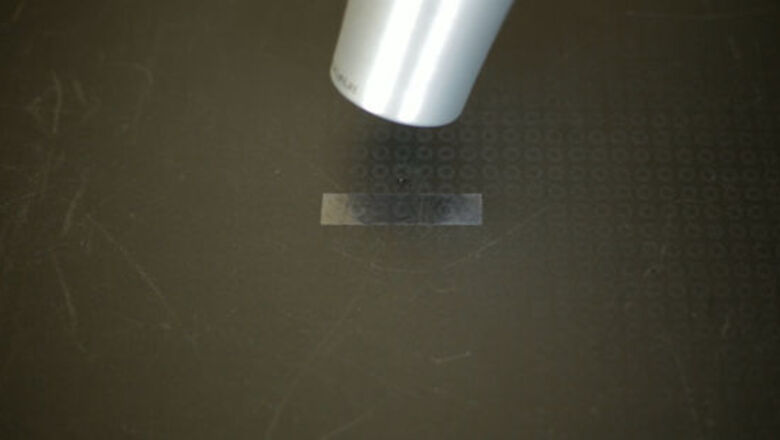
views
Removing Double Sided Tape from Walls and Doors
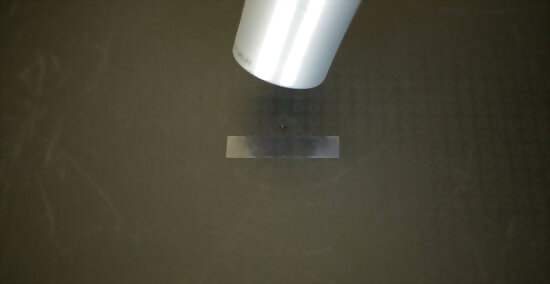
Remove stubborn, stuck-on tape with a hairdryer. Plug your hairdryer into the nearest power outlet and turn it on to a medium or high setting. Hold the hairdryer a few inches away from the tape and let the hot air blow over it, focusing on the edges and corners. This will cause the glue to soften. After a few minutes, set the hairdryer aside and try to pick at one of the corners of the tape with your fingernail. Most of the tape should come off, but you may need to take the hairdryer to it again. If you have very short fingernails, or don't want to ruin a nice manicure, then use a butter knife or pallet instead. If you still have a thin film of residue, you can buff the surface with a scouring pad soaked with warm, soapy water. Avoid using oil or oil-based commercial cleansers.
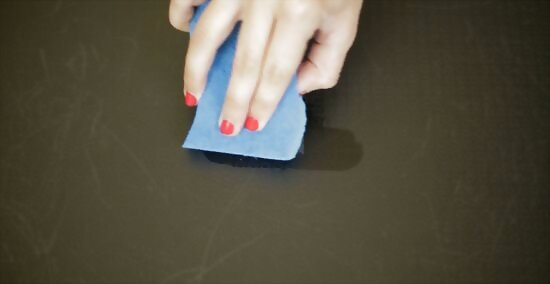
Wash any residue using water, vinegar, and soap. Mix 2 cups (275 milliliters) of water with ¼ cup (60 milliliters) of vinegar and a few drops of liquid soap. Dip a sponge into this solution, then scrub the affected area on your wall or door using small, circular motions. This cleansing solution is mild and should not remove most paint; however, you might see some fading.
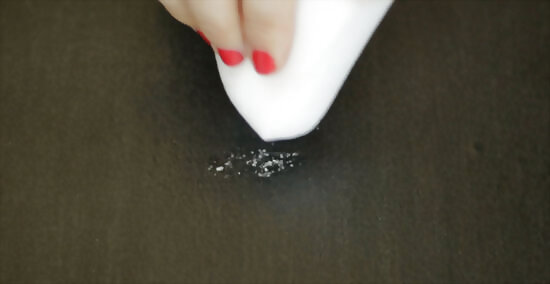
Consider using a magic eraser to remove any residue. Dampen the magic eraser with water, and buff the affected area with it until the residue is all gone. Magic erasers are mildly abrasive, which makes them unsuitable for glass and highly-polished surfaces, but they are safe for walls and doors; you may see some mild fading, however. You can purchase magic erasers in the detergent section of a supermarket or hardware store.
Removing Double Sided Tape from Glass
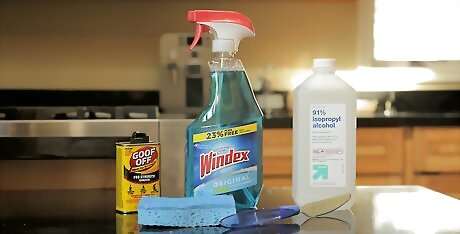
Gather your supplies. If you have some double sided tape stuck to your window, you cannot use heat or you will risk cracking the glass. You also can't use anything too abrasive, or you will risk scratching the glass. Instead, you will need to dissolve the tape using oil. Here is a list of what you will need: Butter knife (you can also use your fingernail) Window cleaner Sponge and glass scrub Cooking oil or cleaning oil (mineral oil, Goo Gone, etc) Rubbing alcohol
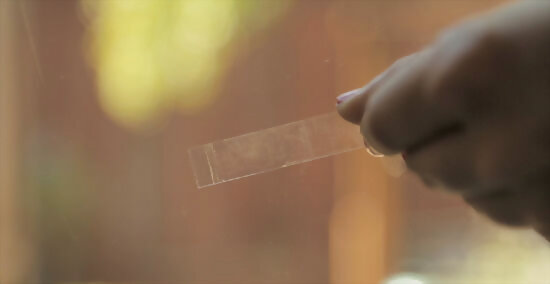
Try to remove tape as much as possible. You can do this by picking at one of the corners with your fingernail. You can also use a butter knife or pallet knife, but take care so that you do not scratch the glass.
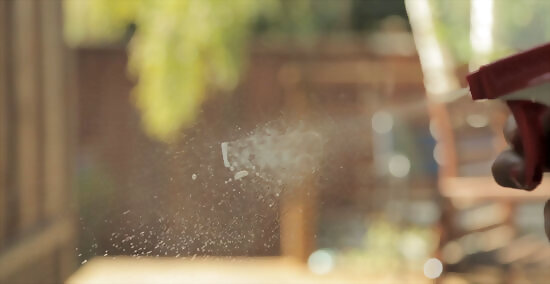
Spray the tape with window cleaner. If you do not have any window cleaner, you can make your own by mixing together 2 cups (275 milliliters) of water, ¼ cup (60 milliliters) of vinegar, and a few drops of liquid soap.
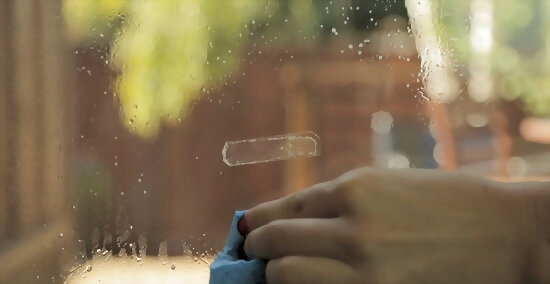
Buff the soaked area with a sponge using small, circular motions. This will help dislodge some of the stuck-on residue. If your sponge has two sides (a soft side and an abrasive side) try using the scratchy side.
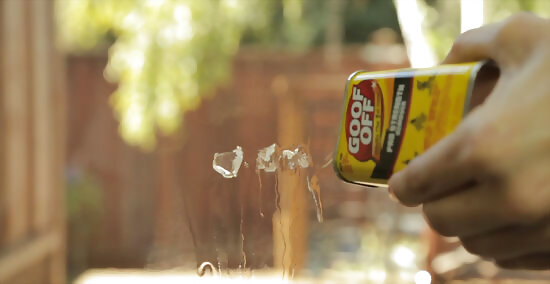
Consider using oil and a glass-safe scrubbing sponge. If the glass cleaner or vinegar solution did not remove the tape, you will need to saturate it with some cooking oil (such as olive oil) or a cleaning oil (such as Goo Gone or Goof Off). Spray the oil onto the affected area and buff it with the sponge until there is no more residue.
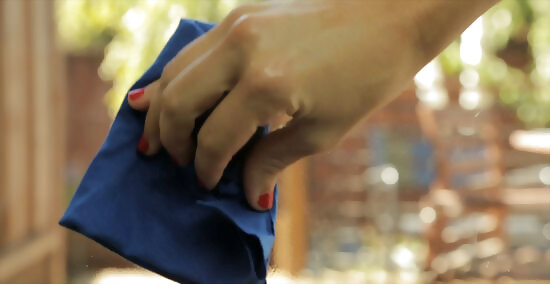
Clean the glass with some rubbing alcohol. Soak a soft cloth with rubbing alcohol and rub it until you have removed all tape and oil residue. If there is still some tape left, buff it again with a glass-safe scrubbing sponge soaked in oil, and then clean it again using rubbing alcohol. The rubbing oil will get rid of the oil residue and evaporate, leaving no marks.
Removing Double Sided Tape from Other Surfaces
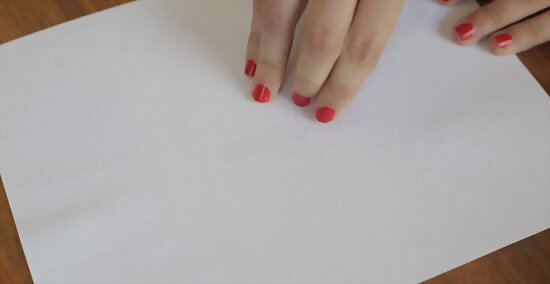
Use a hairdryer to remove tape from paper. Plug in the hairdryer and turn it on. Using a medium or high heat setting, aim the nozzle at the tape and blow on it. After a few minutes, try to pry the tape off of the surface using your fingernail. This is especially effective on paper. Use caution when working with photographs, as the heat may damage them.
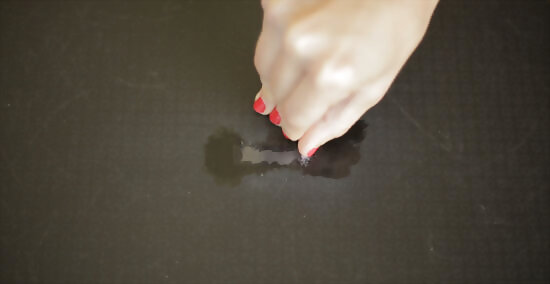
Try some commercial residue cleaning products. Many products, such as Goo Gone and Goof Off, can effectively remove double sided tape, but they can also damage plastic surfaces. If you choose to use one of these products on plastic, keep this in mind. Simply pour some of the product over the tape and let it soak for a few minutes, then pull the tape off. If the tape doesn't come off, then try scrubbing it with a scratchy sponge until it does. The chemicals in the fluid will have dissolved the sticky adhesive on the tape. This will be most effective on glass. Avoid using this on paper, cardboard, and fabrics as you will risk staining them.
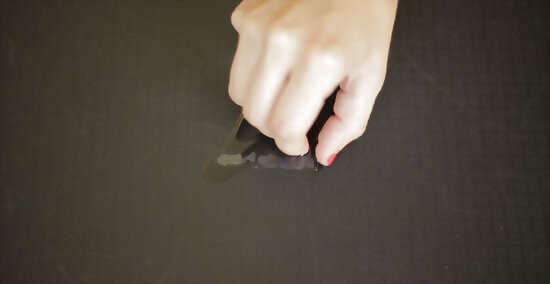
Consider using some food-grade oil. It will work similar to commercial products, such as Goo Gone and Goof Off, but it won't contain any harmful chemicals, making it safer to use on sensitive surfaces such as plastic. Simply pour some oil onto the affected area and let it sit for a few minutes, then scrub it with a scouring pad. Do not use oil on paper, cardboard, and fabric surfaces, because it will stain them.
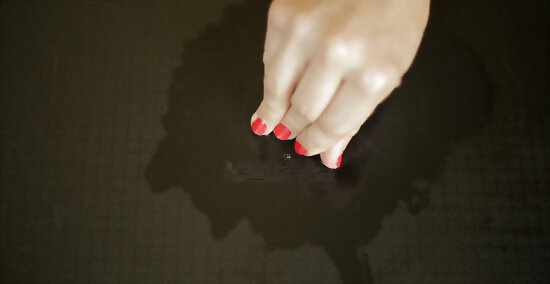
Try some acetone or nail polish remover on unpainted surfaces. This will dissolve the adhesive in the tape, making it easier to remove. Like alcohol, it evaporates and leaves behind no residue. Unfortunately, it will also dissolve any paint and finishes as well, so may not be the best product to use on plastic or painted surfaces. Simply pour some acetone or nail polish remover onto the tape and let it soak for a few minutes before peeling the tape off. This will be the most effective on fabrics, as it won't stain. This may work on paper and cardboard, but it may also cause the paper to warp and become wrinkled (as with any other liquid). If you are using nail polish remover, try to use a basic one, without additives, such as vitamins and strengthening properties. Also, try to avoid colored nail polish removers, as they may stain your surface.
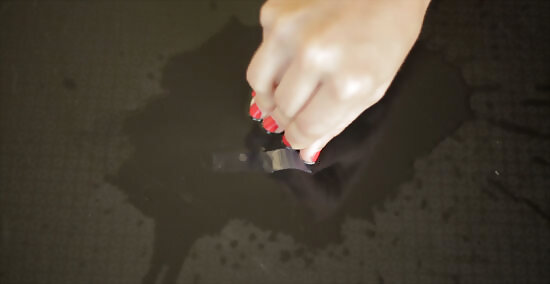
Use rubbing alcohol on plastic. It will work just like acetone, but it is not as harsh; this means that it is less likely to remove paint or mar finishes. It also means that you may still see some residue and will have to scrub the left-over adhesive with a scouring pad. This will be effective on fabric surfaces.
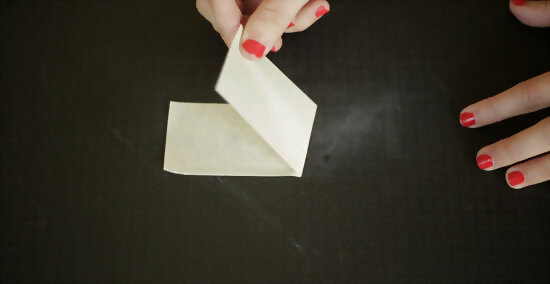
Try using masking tape to peel double sided off. Tear off a piece of masking tape and press it down firmly onto the top of the double sided tape; be sure to keep a firm grip onto one corner of the masking tape. Slowly pull the masking tape towards you; it should also pull the double sided tape along with it. You can also use duct tape or scotch tape as well.
Removing Gunky Residue
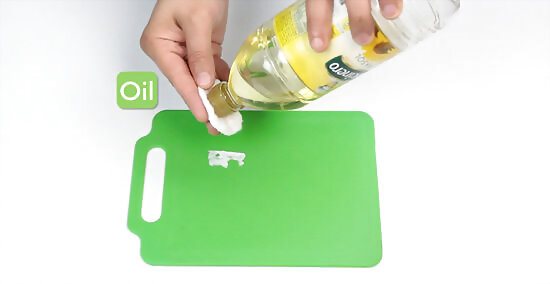
Use oil to remove residue from plastic and glass. You can use a cooking oil, such as olive oil, mineral oil, or a cleaning oil, such as Goo Gone or Goof Off. Soak a cotton ball with some oil and rub it over the surface until the residue is gone. Soak another cotton ball with rubbing alcohol and rub it over the surface to clean off any oily residue. If you are working on a large area and the surface is horizontal, you can pour some of the oil over the affected area and let it sit for a few minutes. Do not use oil on unfinished wood or walls. It will soak into the surface and stain it.
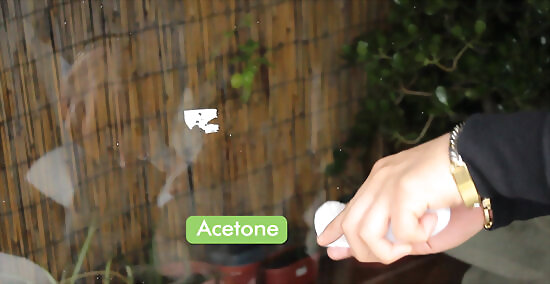
Try using acetone on glass. Do not use acetone on painted surfaces, finished surfaces, or plastic. It will remove paint and can melt certain types of plastic. For light residue, soak a cotton ball with some acetone and rub it over the residue until it is all gone. For heavy residue, fill a spray bottle with some acetone and spray it over the affected area; let it sit for a few minutes before wiping it off until the residue is gone. This method can be combined with the oil method. Acetone is safe on most fabrics, but test it in an inconspicuous area first; it may cause some fabric dyes to bleed.
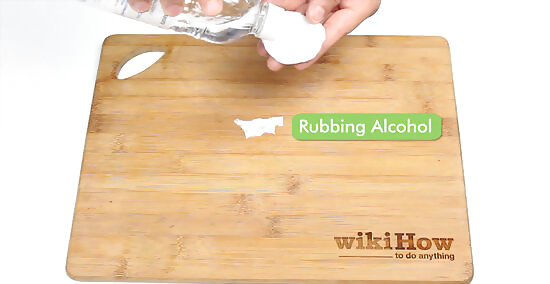
Use rubbing alcohol to remove residue from any surface. It is safe to use on walls, plastic, finished and unfinished wood, fabric, and glass; it should not remove paint and finishes, but it may cause some fading. A higher percentage, such as 90%, will be the most effective, but for painted surfaces you may want to use a lower percentage, such as 70%. For smooth surfaces, soak a cotton ball with rubbing alcohol and buff the affected area until the residue is gone. For rougher surfaces, use a towel or cloth instead; this will prevent any fuzz from getting caught in the texture. If the residue is really bad, fill a spray bottle with rubbing alcohol and saturate the area. Leave the rubbing alcohol on the affected area for a few minutes, then wipe it off using a cloth or towel.
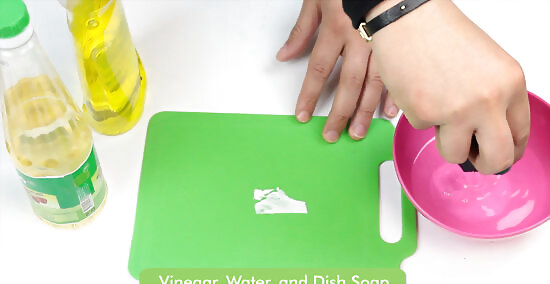
Try using a mixture of vinegar, water, and dish soap. Mix one part vinegar with eight parts water. Add a drop or two of dish soap and mix. Saturate the residue with the mixture and let it sit for a few minutes. Wipe the residue off using a paper or cloth towel. This should be safe to use on most surfaces, but it may cause some fading or staining on certain wall surfaces.
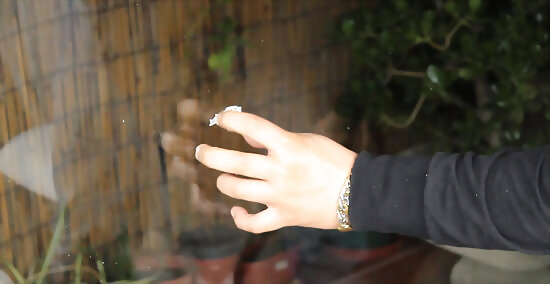
Try rubbing the area with your finger or eraser. Some light residue can simply be rubbed away. The area may look a little dull; if this happens, simply wipe it clean with some rubbing alcohol.

















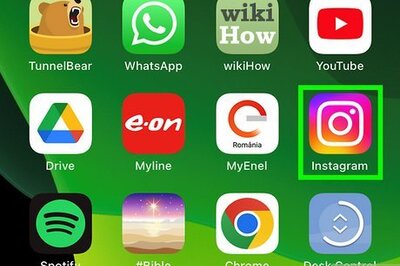

Comments
0 comment